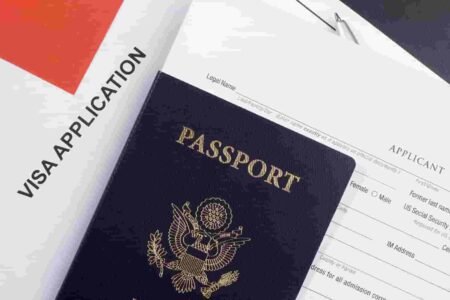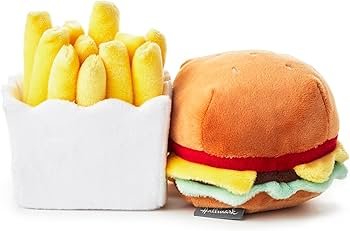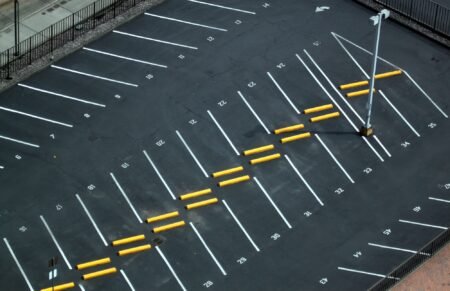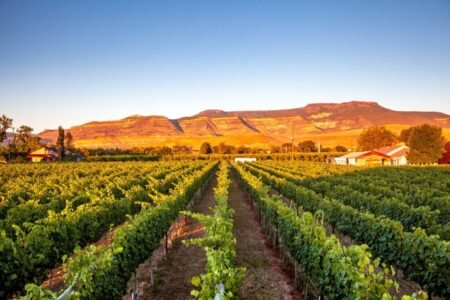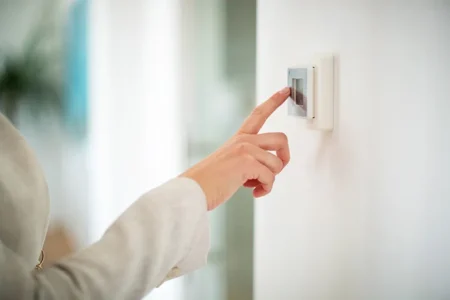Power distributor enclosures are integral to the safety, efficiency, and reliability of modern electrical systems. These enclosures house and protect electrical components, ensuring smooth power distribution across residential, commercial, and industrial applications. Whether safeguarding equipment from environmental hazards or preventing electrical accidents, power distributor enclosures play a crucial role in maintaining system integrity.
This guide explores the importance of power distributor enclosures, their types, materials, benefits, and considerations for selecting the right enclosure for your needs.
What Are Power Distributor Enclosures?
Power distributor enclosures are specialized housings designed to protect electrical distribution components such as circuit breakers, switches, transformers, and wiring. They shield these components from environmental factors, mechanical damage, and unauthorized access while ensuring safe operation and proper power distribution.
Types of Power Distributor Enclosures
Power distributor enclosures vary based on their design, material, and intended use. Common types include:
1. Wall-Mounted Enclosures
- Typically used in residential or light commercial settings.
- Compact design for mounting on walls, providing easy access to electrical components.
2. Floor-Standing Enclosures
- Suitable for industrial and large-scale commercial applications.
- Offer ample space for housing multiple components and allow easy system expansion.
3. Modular Enclosures
- Designed for scalability and flexibility.
- Ideal for systems that require frequent upgrades or additions.
4. Weatherproof Enclosures
- Built to withstand harsh environmental conditions like rain, dust, and extreme temperatures.
- Commonly used in outdoor applications.
5. Explosion-Proof Enclosures
- Designed for hazardous environments where flammable gases or dust may be present.
- Prevent internal explosions from igniting external environments.
Materials Used in Power Distributor Enclosures
The material of an enclosure significantly impacts its performance, durability, and suitability for specific environments. Common materials include:
1. Steel
- Known for strength and durability.
- Often coated to resist corrosion.
2. Stainless Steel
- Highly resistant to corrosion, making it suitable for wet or corrosive environments.
- Offers a sleek, professional appearance.
3. Aluminum
- Lightweight and corrosion-resistant.
- Ideal for applications requiring portability.
4. Plastic or Polycarbonate
- Non-conductive and lightweight.
- Cost-effective for indoor or non-industrial settings.
5. Fiberglass
- Resistant to corrosion, moisture, and UV exposure.
- Commonly used in outdoor or marine environments.
Benefits of Power Distributor Enclosures
1. Protection from Environmental Hazards
Enclosures shield electrical components from dust, moisture, temperature fluctuations, and other external factors, ensuring longevity and reliability.
2. Enhanced Safety
By preventing direct contact with live electrical parts, enclosures reduce the risk of electric shock, short circuits, and other electrical accidents.
3. Organized Power Distribution
Enclosures help organize electrical components, reducing clutter and facilitating easy maintenance and troubleshooting.
4. Regulatory Compliance
High-quality enclosures meet industry standards, ensuring compliance with safety and operational regulations.
5. Customization Options
Many enclosures are customizable, allowing users to tailor the design and features to specific requirements.
Key Considerations for Selecting a Power Distributor Enclosure
When choosing a power distributor enclosure, consider the following factors:
1. Environment
Assess the conditions in which the enclosure will operate. For outdoor or hazardous environments, choose weatherproof or explosion-proof enclosures.
2. Size and Capacity
Ensure the enclosure has sufficient space to house all components with room for future expansion.
3. Material
Select a material that suits the environmental conditions and provides adequate protection for the components.
4. Ventilation and Cooling
For systems prone to heat generation, ensure the enclosure includes proper ventilation or cooling mechanisms.
5. Ingress Protection (IP) Rating
Check the enclosure’s IP rating to determine its resistance to dust and water ingress.
6. Ease of Access
Opt for enclosures with user-friendly designs, such as hinged doors or removable panels, to simplify maintenance and repairs.
7. Budget
Balance quality and cost to find an enclosure that meets your requirements without exceeding your budget.
Applications of Power Distributor Enclosures
Power distributor enclosures are used in a wide range of applications, including:
- Residential: Protecting circuit breakers and distribution panels.
- Commercial: Managing power distribution in office buildings, retail spaces, and public facilities.
- Industrial: Housing complex electrical systems in factories, warehouses, and plants.
- Utilities: Ensuring safe and reliable operation of power distribution networks.
- Renewable Energy: Protecting components in solar or wind power systems.
The Future of Power Distributor Enclosures
As technology evolves, power distributor enclosures are becoming smarter and more efficient. Features like IoT integration, real-time monitoring, and remote control are being incorporated into modern enclosures, enhancing their functionality and usability. These advancements will further improve safety, reduce downtime, and streamline maintenance processes.
Conclusion
Power distributor enclosures are indispensable for maintaining safety, efficiency, and reliability in electrical systems. By providing robust protection for critical components, these enclosures ensure the smooth operation of power distribution networks across various applications. Whether for residential, commercial, or industrial use, selecting the right enclosure tailored to your specific needs is key to achieving optimal performance and longevity.


